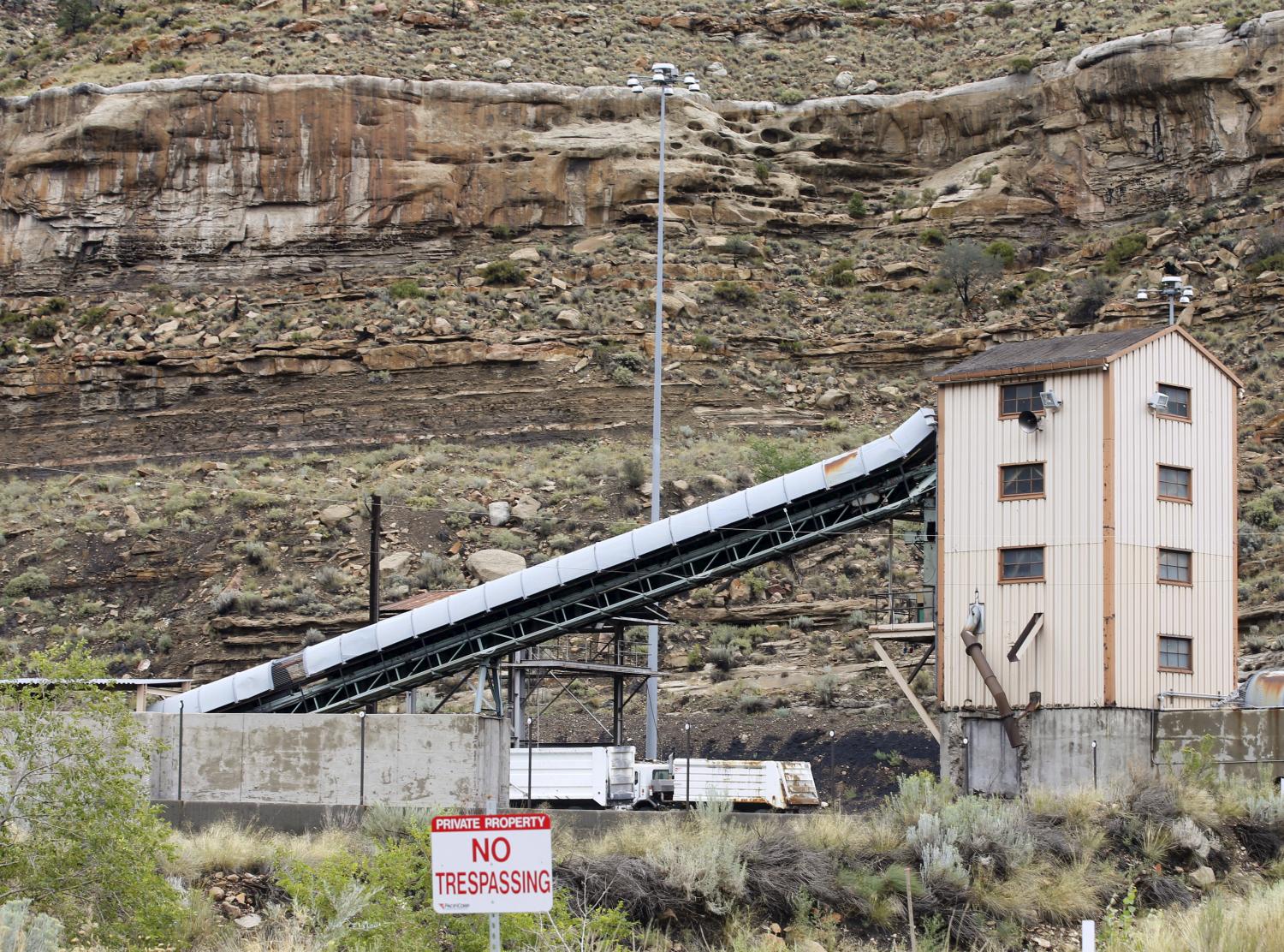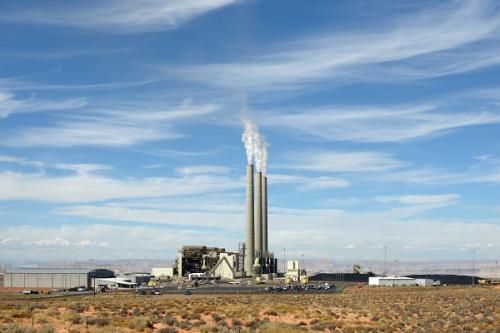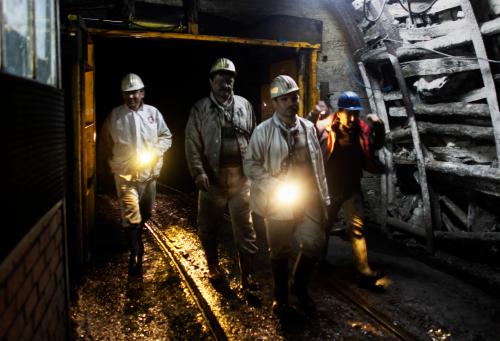Taxes on oil, natural gas, and coal can be attractive to state governments in part because mineral assets are immobile and because states may be able to pass along some of the tax burden to energy consumers outside their states. But despite these taxes’ efficiency and distributional advantages, relying too much on them poses real downside risks for states.
First, experience demonstrates mineral-related revenues are subject to wide swings resulting from fluctuations in energy markets. Currently, a number of states are facing significant budget shortfalls as a result of their fiscal dependence on fossil fuel production when just a few years ago they experienced a boom in revenue.
A second challenge is less about the kind of revenue volatility that states often experience from commodity price spikes, business cycles, and lumpy capital gains. It derives from the deep, long-term technology- and policy-driven trends in energy markets. The trajectory is uncertain, but analysts suggest that coal and natural gas markets in particular are undergoing rapid structural changes that could affect the tax capacity of some states.
In “The challenges of state reliance on revenue from fossil fuel production,” Adele C. Morris examines the experience of states that rely heavily on fossil fuels for revenue with an eye to learning from the budgeting approaches that states have applied and anticipating the challenges to come.
States with fossil dependent revenues
One way to identify states with the most fossil-intensive economies is by quantifying the role of fossil energy production in the state economy. The U.S. Bureau of Economic Analysis compiles state-level data on gross domestic product (GDP). These statistics identify economic activity in mining (production itself and related support activities), which includes the production of oil, natural gas, and coal. Mining also includes production of non-fossil minerals, but oil, gas, and coal overwhelmingly dominate the values.
The states in which mining provides the greatest share of GDP appear in the figure below. Wyoming, Alaska, West Virginia, and North Dakota each have economies in which mining is more than 10 percent of GDP. Wyoming takes the lead with more than 20 percent of its economy in mining.

The figure below shows mineral revenue as a share of all state revenue, including non-tax revenues and intergovernmental transfers. It shows that Wyoming has a relatively large share of production in federal land, and New Mexico is relatively more reliant on royalties from state land. Alaska actually collects more revenue from minerals than it does from its overall tax system.

This final figure illustrates which states rely relatively more on mineral revenues relative to the proportion of their economies in mining than others. It shows the ratio of two ratios: the share of mineral revenue in total state revenue and the share of mining in state GDP. It is essentially a mineral dependence index. For example, if mineral revenues comprise 15 percent of a state’s total revenues and the state has 15 percent of its economy in mining, the value in the figure below would be one. The higher the value is above one, the more disproportionately a state relies on revenue streams directly tied to mineral production.

The figure shows that four states appear to rely disproportionately more than others on mineral extraction in their state revenue systems: Alaska, North Dakota, Wyoming, and New Mexico. Louisiana is noteworthy as well. The figure also suggests that West Virginia and Oklahoma, which have the third- and fifth-highest share of mining in their economies, respectively, rely comparatively less heavily on mining for their overall state revenue than some other states.
To learn more about the experiences of states most reliant on fossil fuel revenues, download the full paper here.
The Brookings Institution is committed to quality, independence, and impact.
We are supported by a diverse array of funders. In line with our values and policies, each Brookings publication represents the sole views of its author(s).







